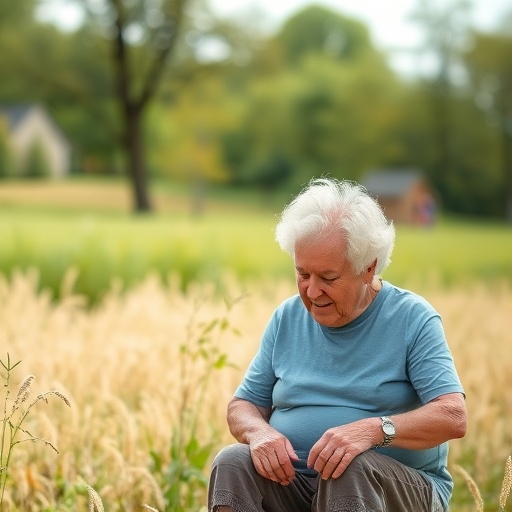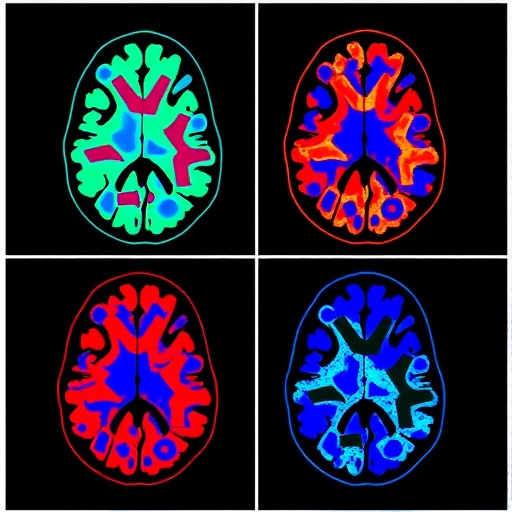Researchers from the University of Surrey have developed an innovative new technique to mimic one of nature's greatest achievements — natural structural colour.
Following in depth research to explain the physics behind photonic band gap in structured photonic materials, a new method has been devised to characterise the internal structures of natural materials and replicate their interaction with light using 3D printing of ceramics. The internal structure of materials and their local-self uniformity dictates their ability to diffuse absorb, reflect and transmit light.
During this study researchers found a direct relationship between the uniformity of the internal structure (at wavelength scales) and its ability to block certain wavelengths in natural materials. Armed with this knowledge researchers developed a new mathematical metric to measure which photonic structures best control the propagation of light enabling the design of new materials with different functionalities dependant on need.
Testing the theory, researchers developed the first ever amorphous gyroid (triamond) structure with band gaps, which is similar to the structuring found in some butterfly wings, via a 3D ceramic printer. Similarly to structures found in nature these structures can reflect and absorb light, sound and heat wave lengths leading the way for the creation of heat-rejecting window films and paints to improve the energy efficiency of buildings and vehicles.
Lead author Dr Marian Florescu from the University of Surrey said: "It is truly amazing that what we thought was an artificial design could naturally be present in nature.
"This discovery will impact how we design materials in the future to manipulate their interaction with light, heat and sound."
This study has today been published in the Nature Journal.
###
Media Contact
Natasha Meredith
[email protected]
01-483-684-380
@UniOfSurrey
http://www.surrey.ac.uk
############
Story Source: Materials provided by Scienmag




